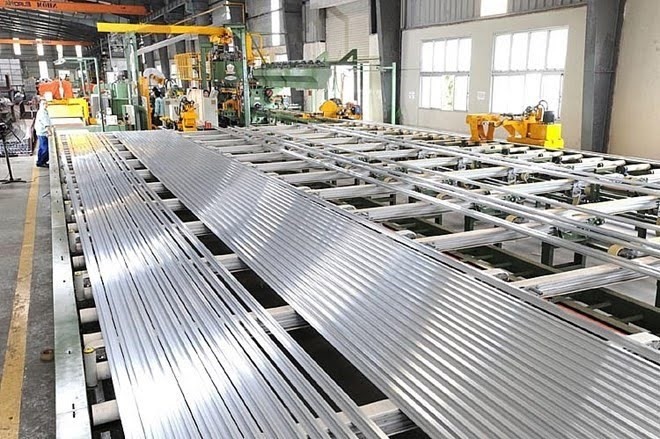Aluminum is a popular multipurpose industrial material among manufacturers. Moreover, it is the ideal material for prototyping new items due to its adaptability and processability.
There are many ways to prototype metal. They offer a full range of services, including CNC machining, casting, and even extrusion. Which prototyping solution might be the ideal fit for your project? Let's find out.

CNC Machining
An incredibly popular and well-tested technique for producing aluminum prototypes is CNC machining. It functions by chopping an aluminum workpiece into the finished form of a component. Cutters of various shapes and varieties are used to remove material; they are supported by a rotating spindle.
Computerized CNC equipment, including mills, turning machines, lathes, routers, drills, and other tools, are used to carry out this subtractive manufacturing process. By using CAD and CAM programming, the instructions about how to carve with the aid of a machining tool are specified in G-coded files.
Aluminum Extrusion Prototyping
Extruding aluminum is another intriguing prototyping technique. Aluminum extrusion prototyping integrates the benefits of 3D printing with casting. It operates on the premise of forcing aluminum alloy through open Moulds to create an extended portion.
Metal bars, brackets, couplings, and other related components are frequently produced using aluminum extrusion. It aids in the production of parts with properties akin to those of metal casting parts.
Sheet Metal Prototyping
With its specifics and distinctive technicalities, sheet metal prototyping is quite similar to CNC prototyping. It operates on the premise of processing a mass of flat aluminum alloy pieces of metal. Additional techniques, including pinching, pushing, laser cutting, and deformation, might also be used in this method.
When using sheet metal prototyping, you can process several pieces of work at once. As a result, you cannot depict an entire manufacturing procedure using just one machine. This approach uses a production line with numerous CNC units. Yet, the benefit of sheet metal prototyping is that you're provided with multiple copies of the exact same prototype all at once.
3D Printing
Interestingly, the method is often used to create aluminum alloy prototypes. Its basic operation entails layer-by-layer extrusion of molten metal to create the intended component form. Additive manufacturing is the term used to describe 3D printing.
Direct Metal Laser Sintering (DMLS) and selective laser melting are the two methods available for 3D printing using aluminum alloy (SLM). Printers employ digital design to direct manufacturing, much like CNC machining. However, 3D printing offers greater geometrical versatility.
Aluminum Casting
An antiquated technique that works well for creating a number of the stiffest parts is casting. It functions by pouring liquid metal into a mold that has the inversed component's shape.
A wax model is produced using a 3D printer in the casting process, and a mold is then produced using a CNC machine. However, the process requires considerable time and effort. The intriguing aspect of casting is that you can recycle the expensive tooling.
These are the most common aluminum machining methods. The aluminum prototype may be required rather regularly by businesses that use aluminum for the manufacturing of goods. The market provides a variety of solutions ideal for small or big batches of prototypes with different properties. Make important considerations when making your choice on machining aluminum and get high-quality results.
















